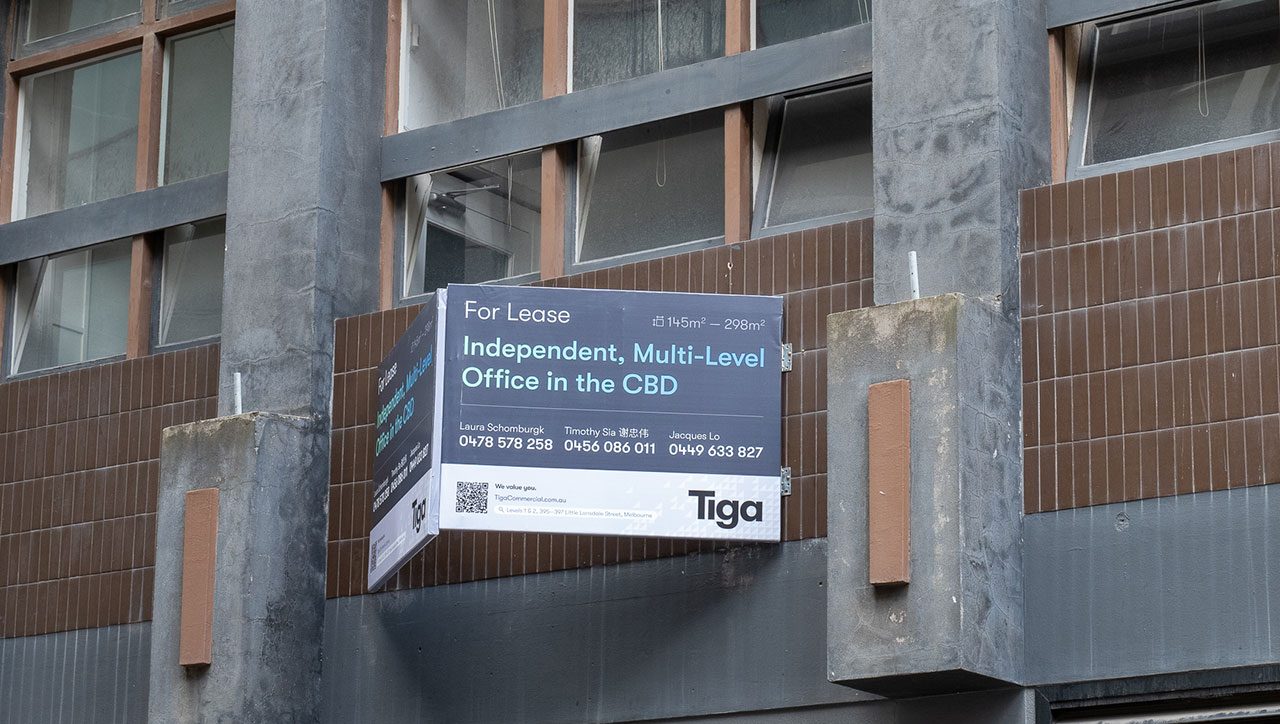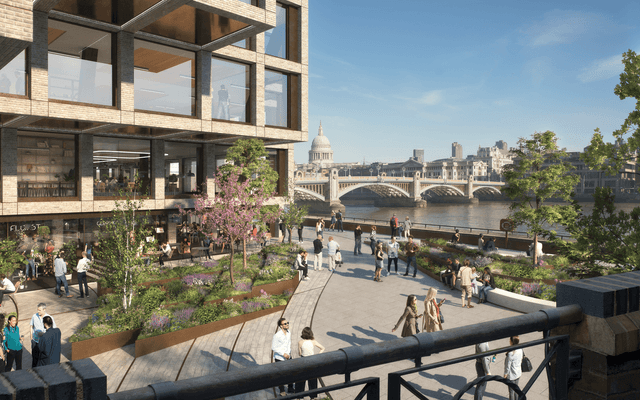This article is from the Australian Property Journal archive
NATIONAL office lease lengths are stabilising, while in the retail market the gap between secondary and prime locations have broadened due to ongoing uncertainty.
According to new data from Re-Leased, average leasing lengths in the office market were stable at around 30 months for two consecutive years, representing a minor boost from 29.5 months in Q1 2023 to 29.8 months in Q1 2024.
This increase represents the market moving into stabilisation after ongoing declines since 2019.
| Quarter | Avg. Office Lease Length (Months) |
| Q1 2024 | 29.8 |
| Q1 2023 | 29.5 |
| Q1 2022 | 31.6 |
| Q1 2021 | 33.1 |
| Q1 2020 | 37.4 |
| Q1 2019 | 41.4 |
Over Q1 2024, the market recorded a 9% decline in leases of 12 months or less compared to the same quarter in 2023.
With lease commitments between 1-3 years increasing by 4.5% and leases of 3-5 years increasing by 10% over the same period.
“Our latest data underscores the nuanced dynamics within the Australian commercial real estate market. In the office sector, we are witnessing a stabilisation after years of decline, with average lease lengths holding consistent,” said Tom Wallace, CEO at Released.
“This is a positive sign that tenants are increasingly confident in making longer-term commitments as they adjust to the flexible work expectations of their workforce.”
While lease lengths are normalising, office sales transactions increased from a low base in the June quarter though assets are typically trading at notable discounts to peak and prior book values.
In the national retail market, leases averaged 38 months in Q1 2024, with leases of a year or less up by 28% over the year but leases of 60 to 120 months up 62%.
| AU Retail Leases by Term Length | % Change from Q1-23 to Q1-24 |
| Less than or equal to 12 months | 28% |
| 12 – 36 months | -16% |
| 36 months – 60 months | 4% |
| 60 – 120 months | 62% |
According to Re-Leased this is due to difference in commitment from tenants leasing prime retail spaces vs those in the secondary retail market.
“In the retail sector, the gap between secondary and prime locations is becoming more evident,” added Wallace.
“Secondary markets are adjusting with shorter leases to keep occupancy levels stable during challenging economic times. On the other hand, top-tier retailers are showing a growing interest in securing prime spaces with 10-year leases, highlighting their long-term strategic investments.”




